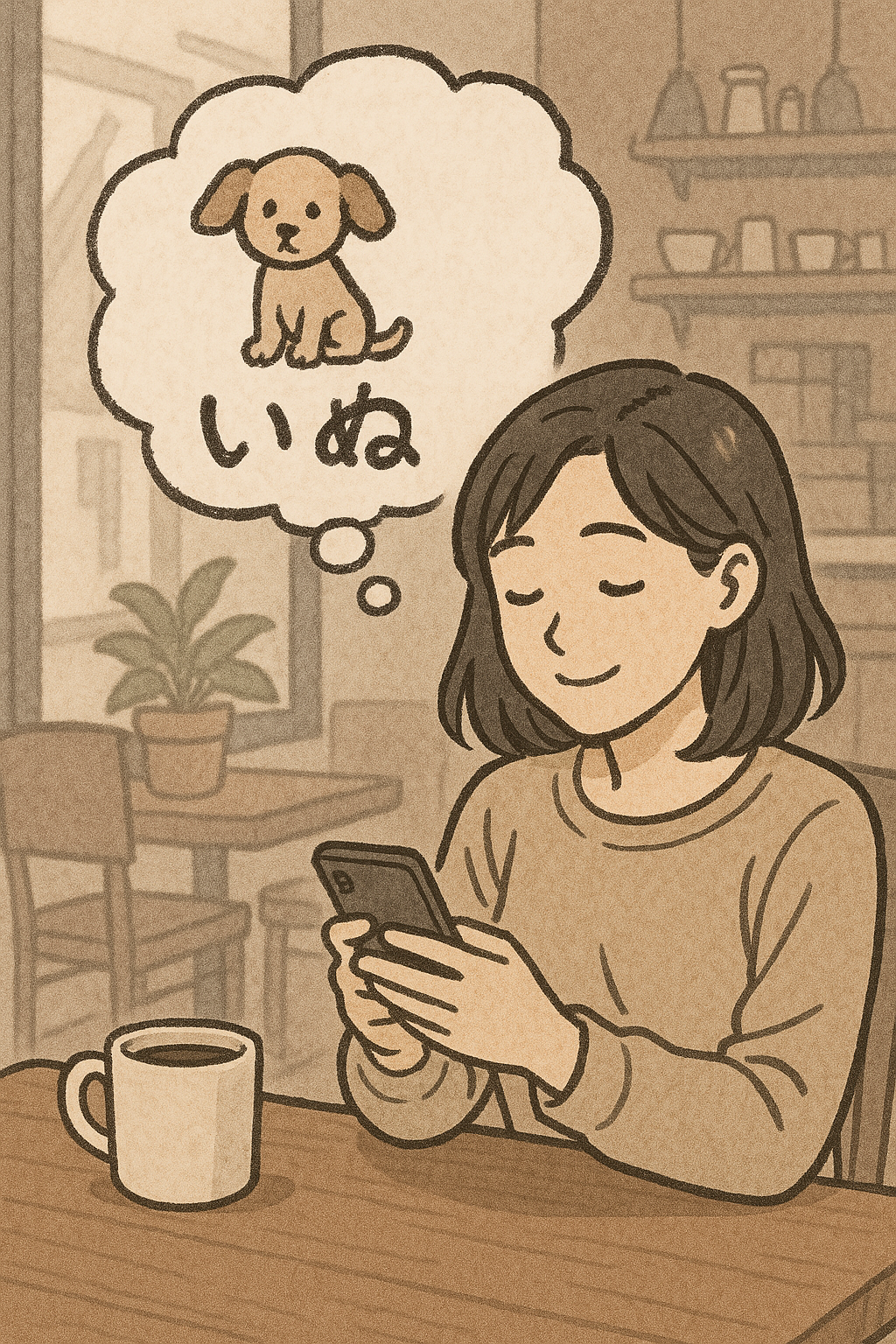Visualizing Kana: Using Images to Embed Hiragana and Katakana in Your Memory
Learning Japanese can be a rewarding yet challenging journey, especially when it comes to mastering kana: Hiragana and Katakana. These two writing systems are foundational to reading and writing in Japanese. However, many beginners find it tough to remember all the characters. One effective strategy to overcome this hurdle is through visual learning. By associating images with each character, you can enhance your memory retention and recall. In this post, we’ll explore how to use visualisation techniques to embed Hiragana and Katakana into your memory.
Understanding Kana: A Brief Overview
Before diving into visual techniques, it’s essential to understand what kana is.
- Hiragana is a phonetic script used primarily for native Japanese words and grammatical functions.
- Katakana is also a phonetic script, mainly used for foreign words, loanwords, and onomatopoeia.
Both scripts consist of 46 basic characters, each representing a specific sound. Mastering these characters is crucial as they form the backbone of the Japanese language.
The Power of Visual Learning
Visual learning leverages images and visual aids to help you understand and remember information better. Research shows that our brains process visuals faster than text, making it easier to recall information later. Here are some reasons why visual learning is effective for mastering kana:
- Engagement: Visuals capture attention and stimulate interest.
- Memory Retention: Associating images with characters creates stronger neural connections.
- Simplification: Visual aids can simplify complex information, making it easier to digest.
Practical Steps to Visualise Hiragana and Katakana
Step 1: Create Visual Associations
Start by associating each kana character with a memorable image or concept. For example:
- あ (a): Imagine an apple (the shape resembles an apple).
- い (i): Think of two trees standing side by side (the character looks like two vertical lines).
- カ (ka): Picture a car (the character resembles a car with a roof).
You can create a list of images for all 46 characters in both Hiragana and Katakana. This list will serve as your visual dictionary.
Step 2: Use Flashcards
Flashcards are an excellent tool for reinforcing your visual associations. You can create physical flashcards or use digital tools. Here’s how:
1. Write the kana character on one side.
2. On the other side, draw or paste an image that represents your association.
3. Shuffle the cards and test yourself regularly.
This active recall technique helps reinforce your memory.
Step 3: Incorporate Visual Aids into Daily Practice
Incorporate visuals into your daily study routine. Here are some suggestions:
- Posters: Create a wall chart with all kana characters and their associated images. Place it where you’ll see it often.
- Digital Apps: Use apps that incorporate visual learning. Look for features that use images alongside kana practice.
- Games: Engage in games or quizzes that focus on identifying kana with visual prompts.
Step 4: Create a Story
Weave a story using the characters and their associated images. This technique not only makes learning fun but also helps in memorising the characters. For example:
- "The apple (あ) was sitting beside two trees (い), and they all heard a car (カ) approaching."
Creating a narrative connects the characters in a meaningful way, making them easier to remember.
Practice Section: Kana-Focused Exercises
Now that you’ve established your visual associations, it’s time to put them into practice. Here are a few exercises to reinforce your learning.
Exercise 1: Matching Game
1. Write down the Hiragana and Katakana characters on separate cards.
2. On another set of cards, draw the associated images.
3. Shuffle all the cards and try to match each kana with its corresponding image.
Exercise 2: Character Sketch
Choose five Hiragana and five Katakana characters. For each character:
1. Draw the character on one side of the paper.
2. On the opposite side, draw the associated image.
3. Repeat this process several times until you feel comfortable with all characters.
Exercise 3: Visual Storytelling
Using your visual associations, create a short story with at least ten kana characters. Write down the story and illustrate it with your images. This not only solidifies your memory but also boosts your creativity.
Additional Memory Techniques for Kana
While visual learning is powerful, consider integrating these additional memory techniques:
- Mnemonics: Create quirky phrases or sentences that link the sound and visual representation of the kana.
- Chunking: Break down the characters into smaller groups (e.g., learn ten characters at a time).
- Repetition: Regularly review your visual associations to reinforce your memory.
Conclusion
Visualising kana through images and creative techniques can significantly improve your ability to remember Hiragana and Katakana. By integrating these methods into your study routine, you’ll find that learning Japanese becomes a more enjoyable and effective experience.
Ready to take your Japanese learning to the next level? Download Kanabloom on iOS and start your journey today!
